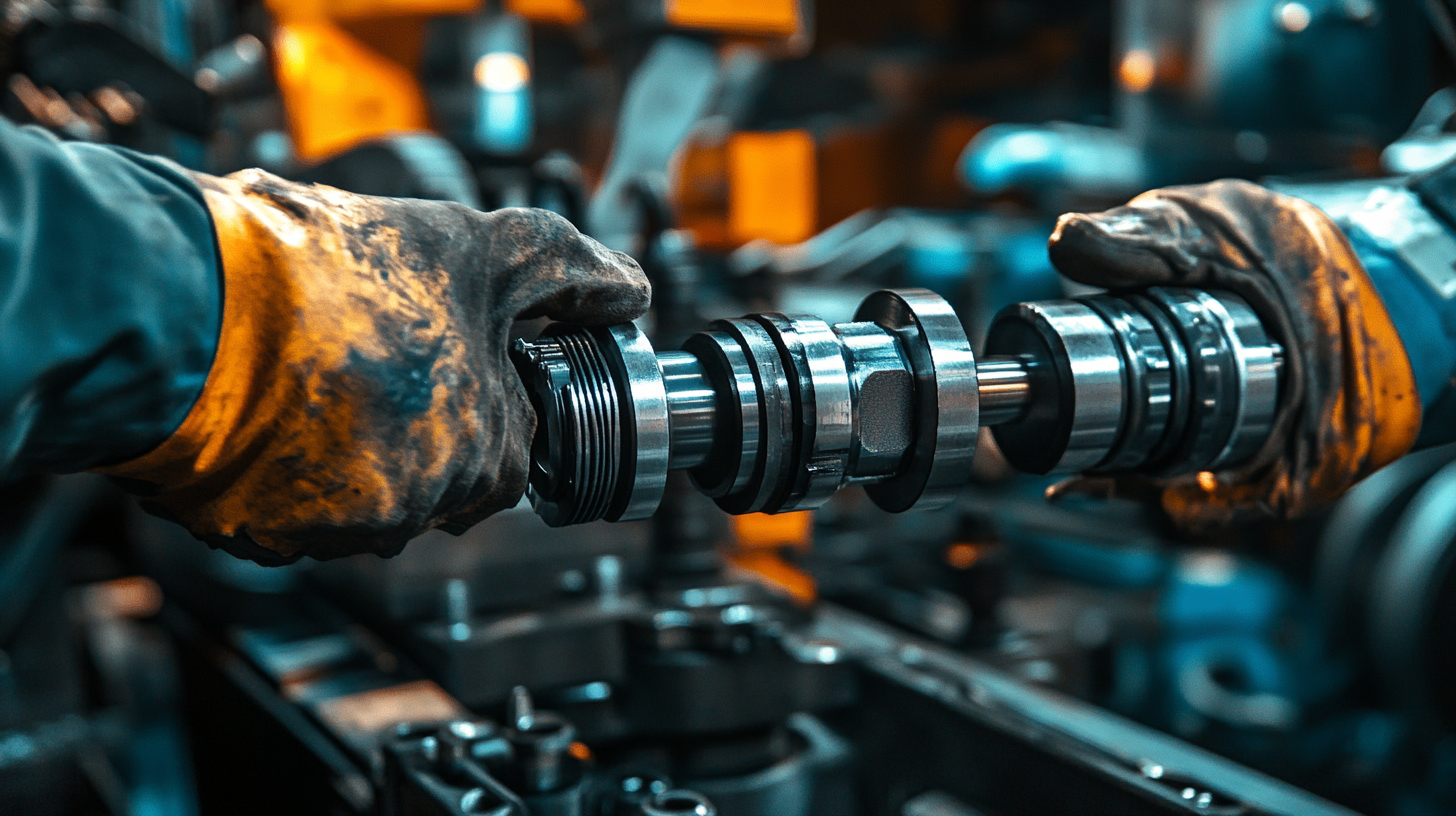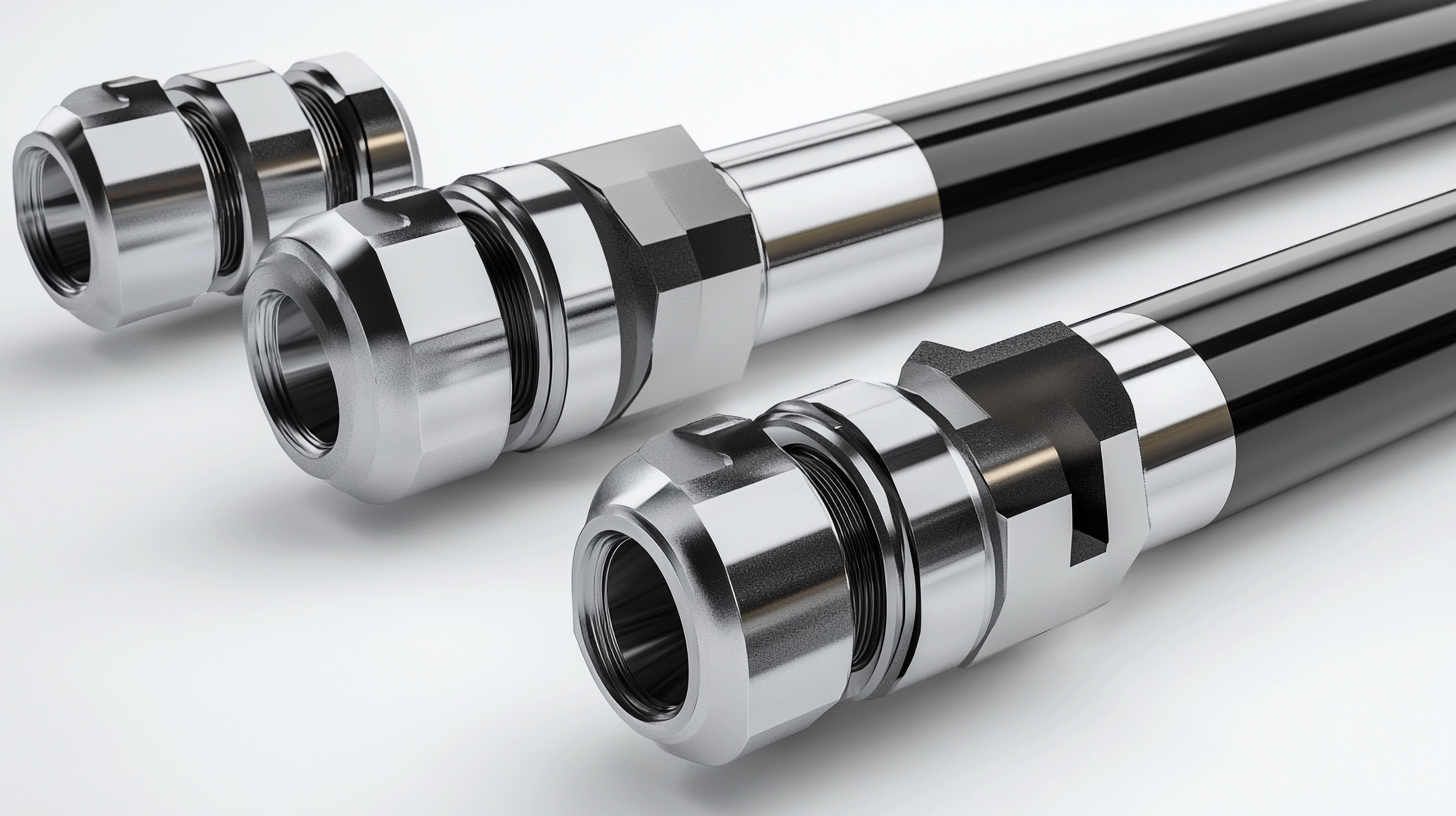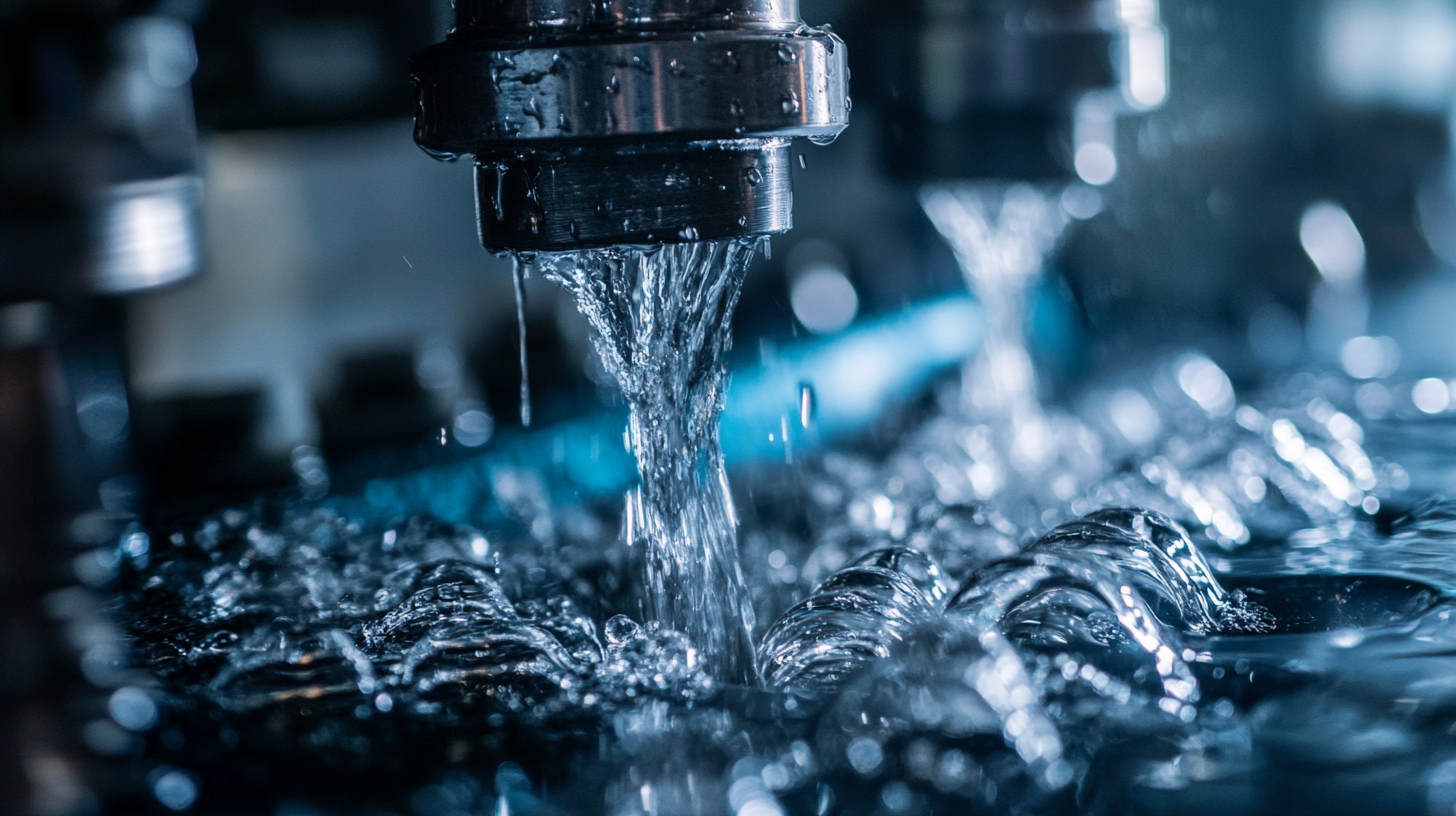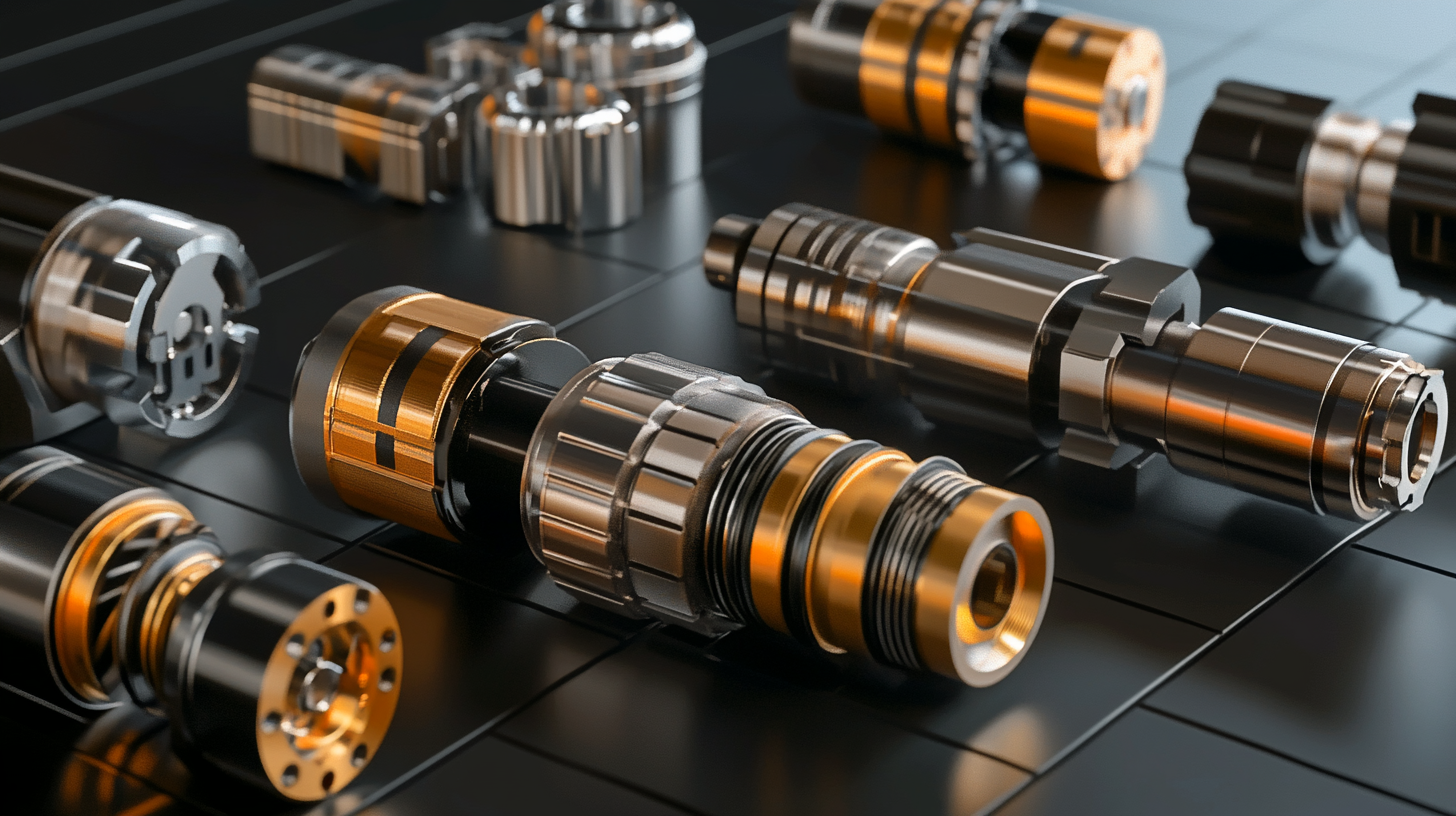The Future of Hydraulic Piston Repair Innovations Shaping the Industry Beyond 2025
In recent years, the hydraulic piston repair industry has experienced significant advancements, driven largely by innovations in technology and a growing focus on sustainability. According to a report from Research and Markets, the global hydraulic system market is projected to reach $40 billion by 2025, with a substantial portion attributed to the repair and maintenance of hydraulic pistons. As the demand for more efficient and environmentally-friendly hydraulic systems increases, companies are investing in cutting-edge repair solutions that not only extend the lifecycle of hydraulic pistons but also reduce operational downtime.
Looking ahead, the future of hydraulic piston repair will likely be shaped by developments in materials science, automation, and data analytics. The rise of predictive maintenance technologies is expected to minimize unexpected failures, with studies indicating that businesses that adopt proactive maintenance strategies can reduce repair costs by up to 30%. Furthermore, the integration of smart technologies and IoT applications will enable real-time monitoring of hydraulic systems, fostering a new era of innovation that promises to elevate performance standards and operational efficiency in hydraulic piston repair beyond 2025.

Emerging Technologies Revolutionizing Hydraulic Piston Repair Methods
The hydraulic piston repair industry is on the brink of a transformative shift, driven by emerging technologies that are set to redefine repair methods. Advanced materials, such as self-healing polymers, are being explored to enhance the lifespan of hydraulic pistons. These innovative materials can automatically repair minor damages, significantly reducing the frequency and cost of repairs. As a result, operators will benefit from extended maintenance intervals and improved system reliability, ultimately increasing operational efficiency. In addition to materials science, the integration of artificial intelligence (AI) and machine learning is revolutionizing diagnostic techniques within hydraulic piston repair. Predictive maintenance systems can now analyze real-time data from hydraulic systems to forecast potential failures before they occur. This proactive approach not only minimizes downtime but also saves costs associated with unexpected repairs. Furthermore, AI-driven training programs are enabling technicians to acquire new skills rapidly, ensuring that the workforce is adept at handling advanced repair technologies. Robotics and automation are also making their mark. Automated repair systems can perform precise tasks with unparalleled accuracy, reducing human error and expediting the repair process. The use of drones for inspections and monitoring facilitates quicker identification of issues, allowing repairs to be made before they escalate into larger problems. Together, these innovations promise to reshape the future of hydraulic piston repair, ensuring that the industry evolves to meet the demands of a fast-paced technological landscape beyond 2025.

Sustainable Practices in Hydraulic Piston Maintenance for a Greener Future
As the hydraulic piston repair industry looks toward the future, a significant emphasis is being placed on sustainable practices that promote environmental responsibility. According to a report by the International Hydraulic Association, approximately 30% of hydraulic systems are estimated to be inefficient, leading to energy waste and increased emissions. By adopting sustainable maintenance practices, companies can not only enhance the operational efficiency of hydraulic pistons but also contribute to a greener future.
One key innovation in hydraulic piston maintenance is the transition towards eco-friendly lubricants and fluids. Traditional hydraulic fluids can be harmful to the environment, but advancements in biodegradable hydraulic oils have emerged. The BioPreferred program by the U.S. Department of Agriculture indicates that using bio-based products can reduce greenhouse gas emissions by up to 50%. Companies are increasingly investing in the development of these sustainable alternatives to minimize their carbon footprint while ensuring the integrity and longevity of hydraulic systems.
Moreover, predictive maintenance powered by data analytics and IoT technology stands to revolutionize how hydraulic pistons are managed. By utilizing real-time data, companies can identify potential failures before they occur, significantly reducing waste and the need for frequent repairs. A report from McKinsey & Company estimates that predictive maintenance can reduce maintenance costs by 20-25% and extend equipment life by 15-20%. This proactive approach not only enhances sustainability but also positions organizations to thrive in a competitive market that increasingly values environmental stewardship.

The Role of Automation and AI in Enhancing Repair Processes
The integration of automation and artificial intelligence (AI) in hydraulic piston repair is not just a trend, but a transformative shift that is poised to redefine industry standards beyond 2025. As technology evolves, repair processes are becoming increasingly sophisticated, allowing for faster turnaround times and more accurate diagnostics. By harnessing machine learning algorithms, businesses can predict potential failures and optimize maintenance schedules, significantly reducing downtime and costs.
Automation also streamlines the disassembly and reassembly processes of hydraulic pistons. Robotic systems can perform repetitive tasks with precision, minimizing human error and ensuring a higher quality of repair. Moreover, AI-driven systems can analyze vast amounts of data from past repairs, identifying patterns and suggesting improvements in real-time. This results in a more efficient workflow, allowing technicians to focus on complex issues that require human insight, while leaving routine tasks to machines.
As these innovations continue to develop, the landscape of hydraulic piston repair will evolve to incorporate smart technologies that enhance product reliability and longevity. The future will not only bring faster repairs but also smarter solutions that adapt to the unique needs of each operation, ultimately driving industry standards to new heights.

Evaluating the Impact of Advanced Materials on Piston Longevity
As the hydraulic piston repair industry evolves, one of the critical factors influencing future innovations is the advent of advanced materials. Recent studies indicate that over 40% of hydraulic system failures stem from material degradation and wear. This highlights the importance of utilizing high-performance materials that enhance piston longevity and operational efficiency. Advanced composites, ceramics, and super alloys are gaining traction for their superior resistance to fatigue and environmental factors compared to traditional materials like steel and aluminum.
Additionally, research from industry reports suggests that incorporating advanced materials can extend the lifespan of hydraulic pistons by up to 30%. For instance, the use of ceramic coatings has shown to significantly reduce friction and wear, leading to less frequent repairs and longer service intervals. This not only contributes to lower operational costs but also decreases downtime, enabling businesses to enhance productivity.
Moreover, the implementation of these innovative materials is aligned with sustainability goals, as they can often be recycled and have a smaller carbon footprint than conventional options. With manufacturers focusing on creating lightweight yet robust hydraulic components, the industry is witnessing a shift that promises to reshape the future of hydraulic piston repair. By prioritizing advanced materials, organizations are not just investing in longevity but are also paving the way for greener and more efficient hydraulic solutions in the years to come.
Future Trends: Predictive Maintenance and Its Influence on the Industry
Predictive maintenance is set to transform the hydraulic piston repair industry beyond 2025, marking a significant shift in how companies approach machine maintenance and efficiency. Leveraging advanced analytics and machine learning algorithms, businesses can now predict equipment failures before they occur, allowing for timely interventions. This proactive approach not only minimizes downtime but also optimizes repair costs by addressing maintenance issues before they escalate into serious problems.
As hydraulic systems grow more complex, the need for sophisticated monitoring technologies becomes essential. IoT sensors and real-time data analytics empower technicians to gain insights into the operational status of hydraulic pistons, providing critical information regarding wear and tear. By analyzing trends and patterns in equipment usage, companies can establish tailored maintenance schedules that enhance the lifespan of hydraulic components while ensuring optimal performance.
Moreover, the implementation of predictive maintenance fosters better resource allocation. By knowing when a specific hydraulic piston may require servicing, teams can prepare parts and resources in advance, reducing unnecessary inventory costs while improving operational efficiency. As industries continue to evolve, the integration of predictive maintenance into hydraulic piston repair processes will be a defining factor for businesses striving to stay competitive and agile in an ever-changing marketplace.
